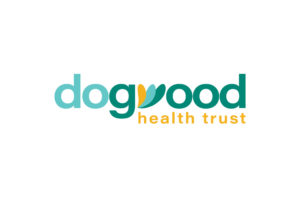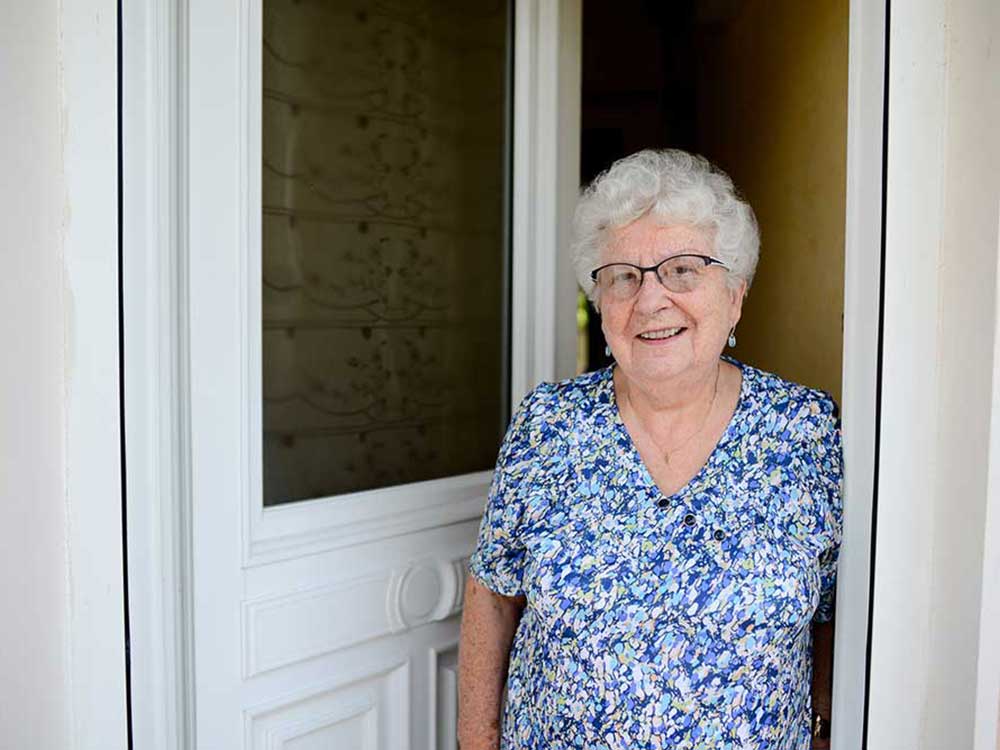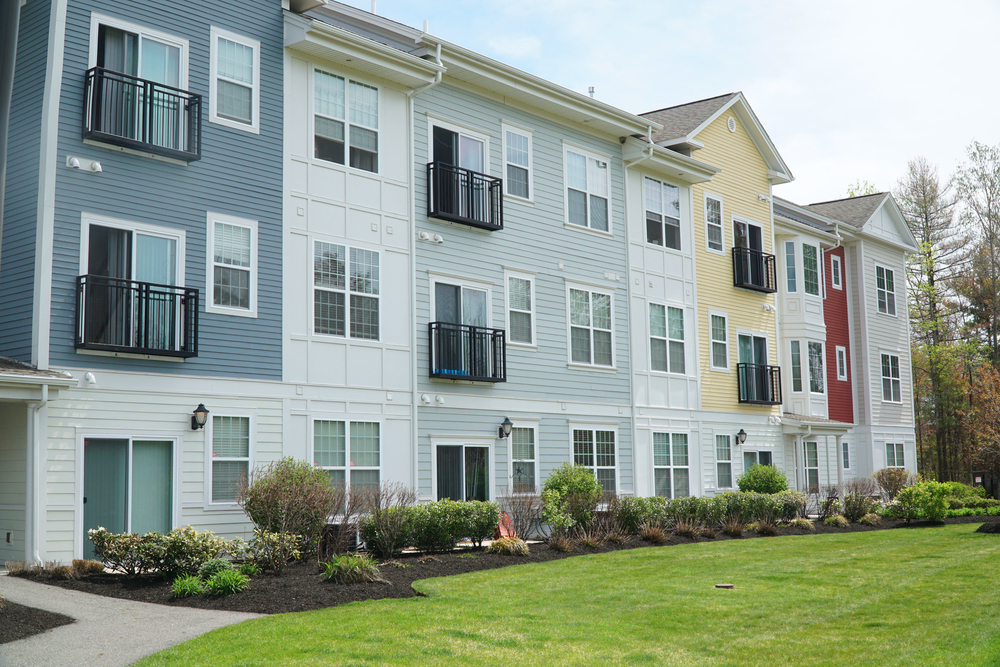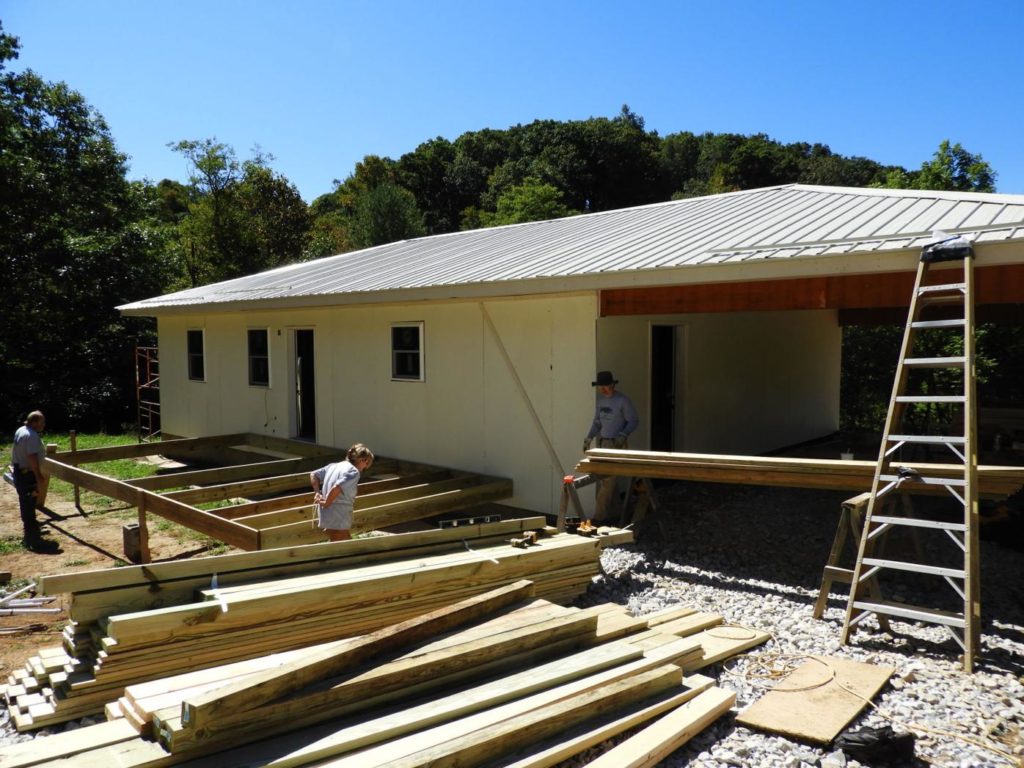Asheville, N.C. – Dogwood Health Trust announced today the release of its Mid-Year Impact Report, as well as an invitation to the community to attend its upcoming virtual community meetings this September. Dogwood Health Trust issued its first-ever Annual Report in December 2020, sharing 2019 financial statements and an overview of estimated grantmaking for the year 2020. Dogwood plans to share another annual report at the end of 2021, but is utilizing this report to provide a brief, mid-year update of 2021 activities amidst a year of recovery.
The release of the report is timed to coincide with a series of virtual community meetings that will include an update on regional investments over the past year, provide an overview of the progress made toward developing goals in each of Dogwood’s four strategic priority areas, and gather input and feedback from attendees.
“We are looking forward to gathering virtually with community members to provide an update on Dogwood’s investments and work so far in 2021,” said Dr. Susan Mims, interim CEO, Dogwood Health Trust. “In addition to grantmaking, our board and staff have been busy meeting with partners and experts to help determine what our goals will look like during the coming years. These community meetings will give us an opportunity to share that process and provide a look at how that direction is coming into focus, while also hearing the thoughts of our community members.”
In response to rising cases of the Delta variant throughout the region, Dogwood Health Trust’s leadership has decided to use a virtual format for these meetings in order to support the safety and well-being of the communities they serve.
Members of Dogwood’s regional communities are welcome to register for any (or all) of the virtual meeting opportunities. They include:
About Dogwood Health Trust
Dogwood Health Trust is a private foundation based in Asheville, North Carolina with the sole purpose of dramatically improving the health and well-being of all people and communities of 18 counties and the Qualla Boundary in Western North Carolina. Dogwood Health Trust focuses on innovative and equitable ways to address the many factors that contribute to overall health and wellness, with a focus on housing, education, economic opportunity, and access to care and health resources. Dogwood Health Trust works to create a Western North Carolina where every generation can live, learn, earn and thrive, with dignity and opportunity for all, no exceptions. To learn more, please visit www.dht.org.


















